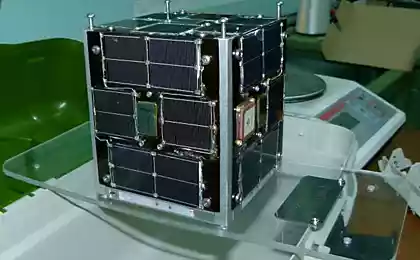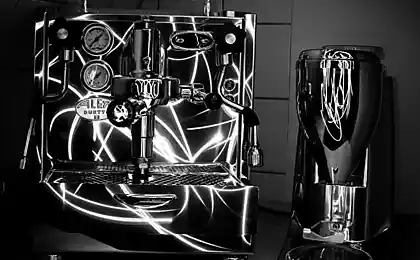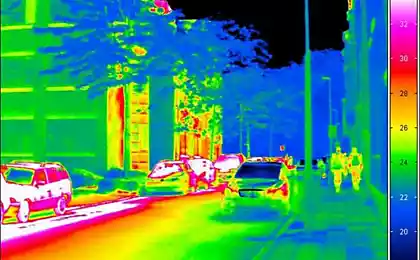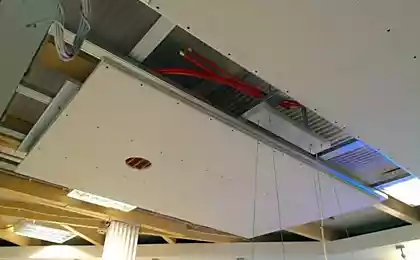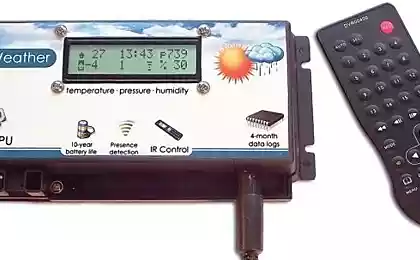489
Scientists have created the power source for the sensors, is powered by changes in temperature and pressure
In the early 17th century by a Dutch Builder has invented a clock powered by temperature change and atmospheric pressure. Three centuries later, Swiss engineer Jean Leon reutter built on that idea of the Atmos mechanical clock that can run for years without manual winding.
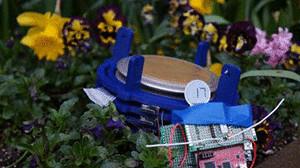
And recently, researchers from the University of Washington used the design hours to create a power source that receives energy from the natural fluctuations in temperature and pressure.
This device is able to collect energy in any place where during the day there is a natural change of temperature and atmospheric pressure. It can be used to power various low power sensors, which are placed in remote areas to detect and alert of water leaks or structural defects of the structures.
The system works as follows: a metal bellows about the size of a melon filled with temperature sensitive gas. When heated the gas expands, inflating the case, and the cooling gas is compressed and the cover is also "blown". In the case of external hand placed small devices that convert mechanical energy of motion into electricity. This electricity is used to operate sensors that also are placed on the metal covers.
According to the researchers, the technology of collecting energy will be useful in places where the sun is or where you do not pass radio waves (e.g. underground or in concrete structures, where the slightest temperature fluctuation throughout the day).
Experiments with the new device showed that the temperature change of only 0.25 degrees Celsius is sufficient for energy generation, which will be used by the sensor to read and transmit the information wirelessly to a distance of 5 meters. This means that any minor change in the conditioning of an office building or outside air temperature during the day is more than enough to intensify the gas in a metal case.
Currently, the researchers have applied for a patent on new technology and planning to reduce the device to the size of the battery type D. In the next version of the device will be used 4 different gas that are activated in different temperature ranges in order for the device to work in various climatic conditions. published
P. S. And remember, only by changing their consumption — together we change the world! ©
Source: www.ekopower.ru/?p=3013

And recently, researchers from the University of Washington used the design hours to create a power source that receives energy from the natural fluctuations in temperature and pressure.
This device is able to collect energy in any place where during the day there is a natural change of temperature and atmospheric pressure. It can be used to power various low power sensors, which are placed in remote areas to detect and alert of water leaks or structural defects of the structures.
The system works as follows: a metal bellows about the size of a melon filled with temperature sensitive gas. When heated the gas expands, inflating the case, and the cooling gas is compressed and the cover is also "blown". In the case of external hand placed small devices that convert mechanical energy of motion into electricity. This electricity is used to operate sensors that also are placed on the metal covers.
According to the researchers, the technology of collecting energy will be useful in places where the sun is or where you do not pass radio waves (e.g. underground or in concrete structures, where the slightest temperature fluctuation throughout the day).
Experiments with the new device showed that the temperature change of only 0.25 degrees Celsius is sufficient for energy generation, which will be used by the sensor to read and transmit the information wirelessly to a distance of 5 meters. This means that any minor change in the conditioning of an office building or outside air temperature during the day is more than enough to intensify the gas in a metal case.
Currently, the researchers have applied for a patent on new technology and planning to reduce the device to the size of the battery type D. In the next version of the device will be used 4 different gas that are activated in different temperature ranges in order for the device to work in various climatic conditions. published
P. S. And remember, only by changing their consumption — together we change the world! ©
Source: www.ekopower.ru/?p=3013








